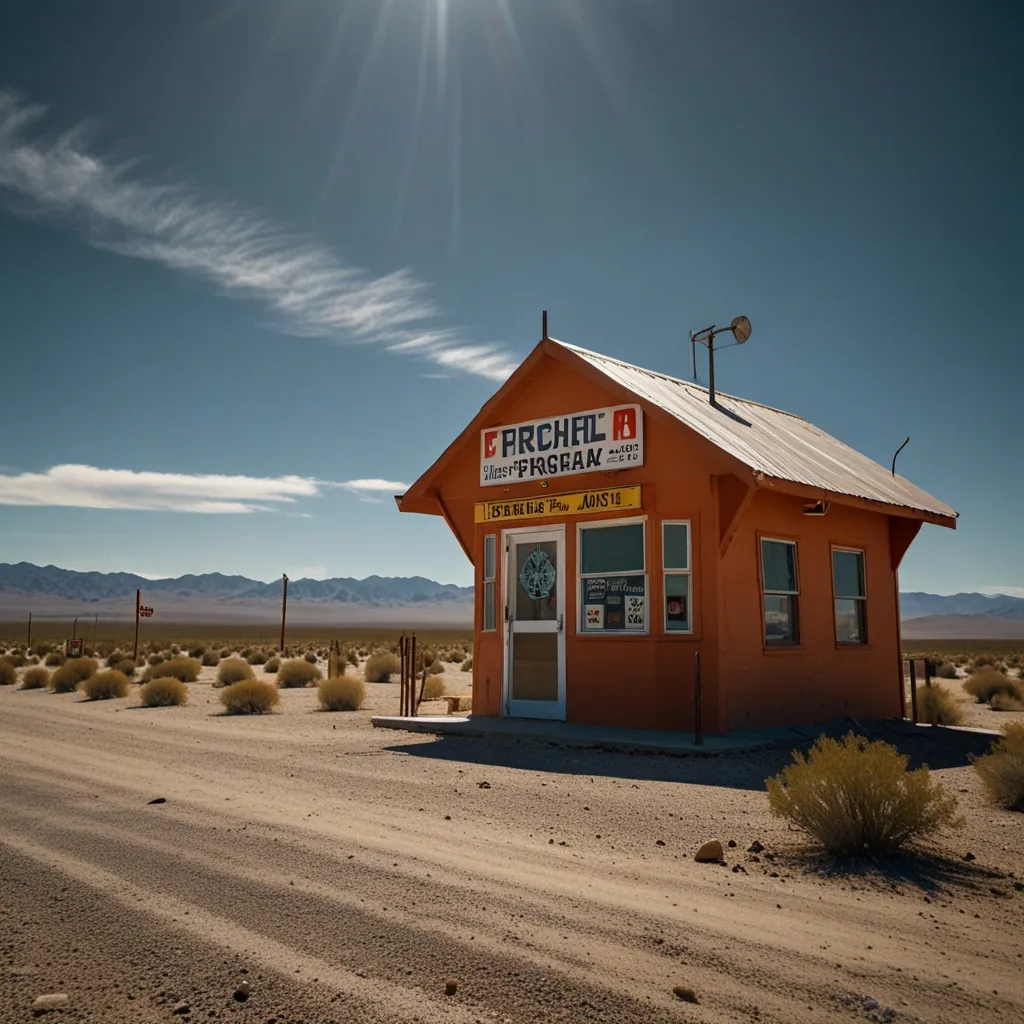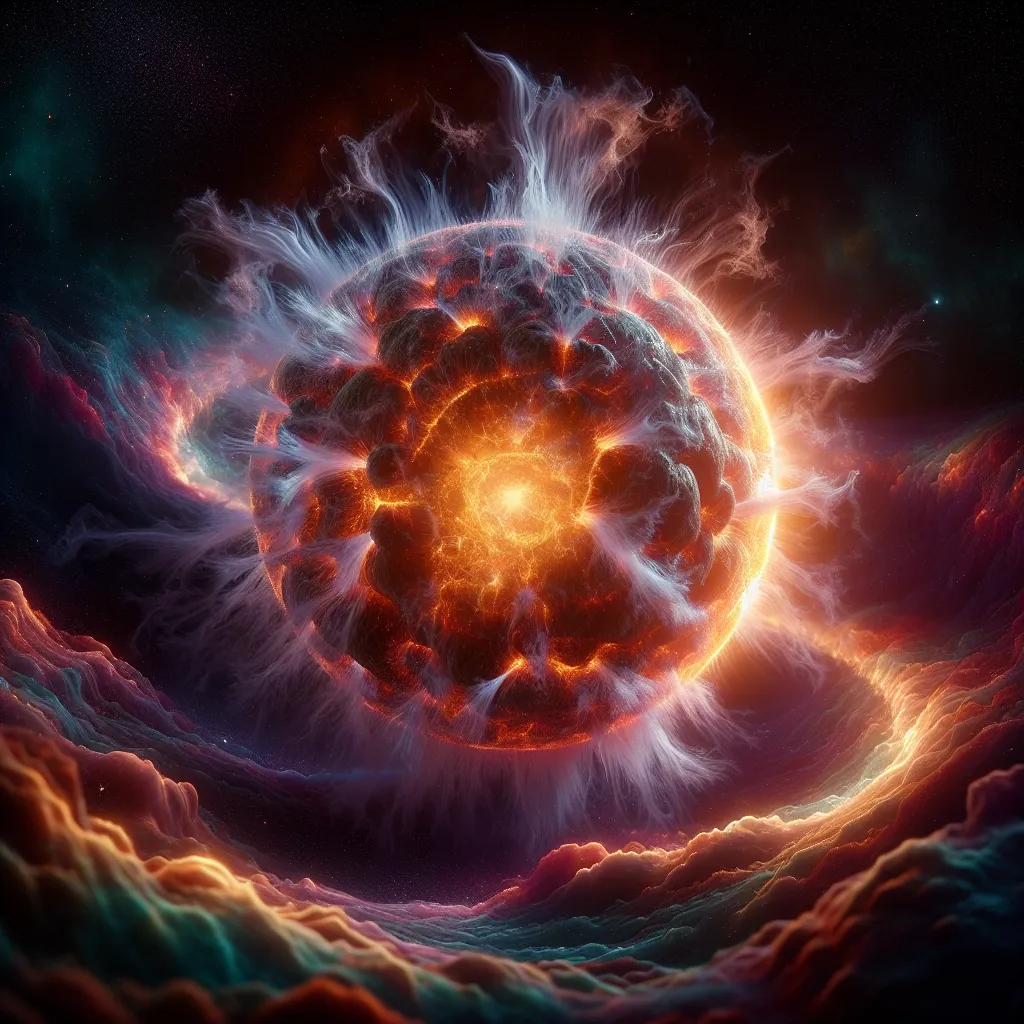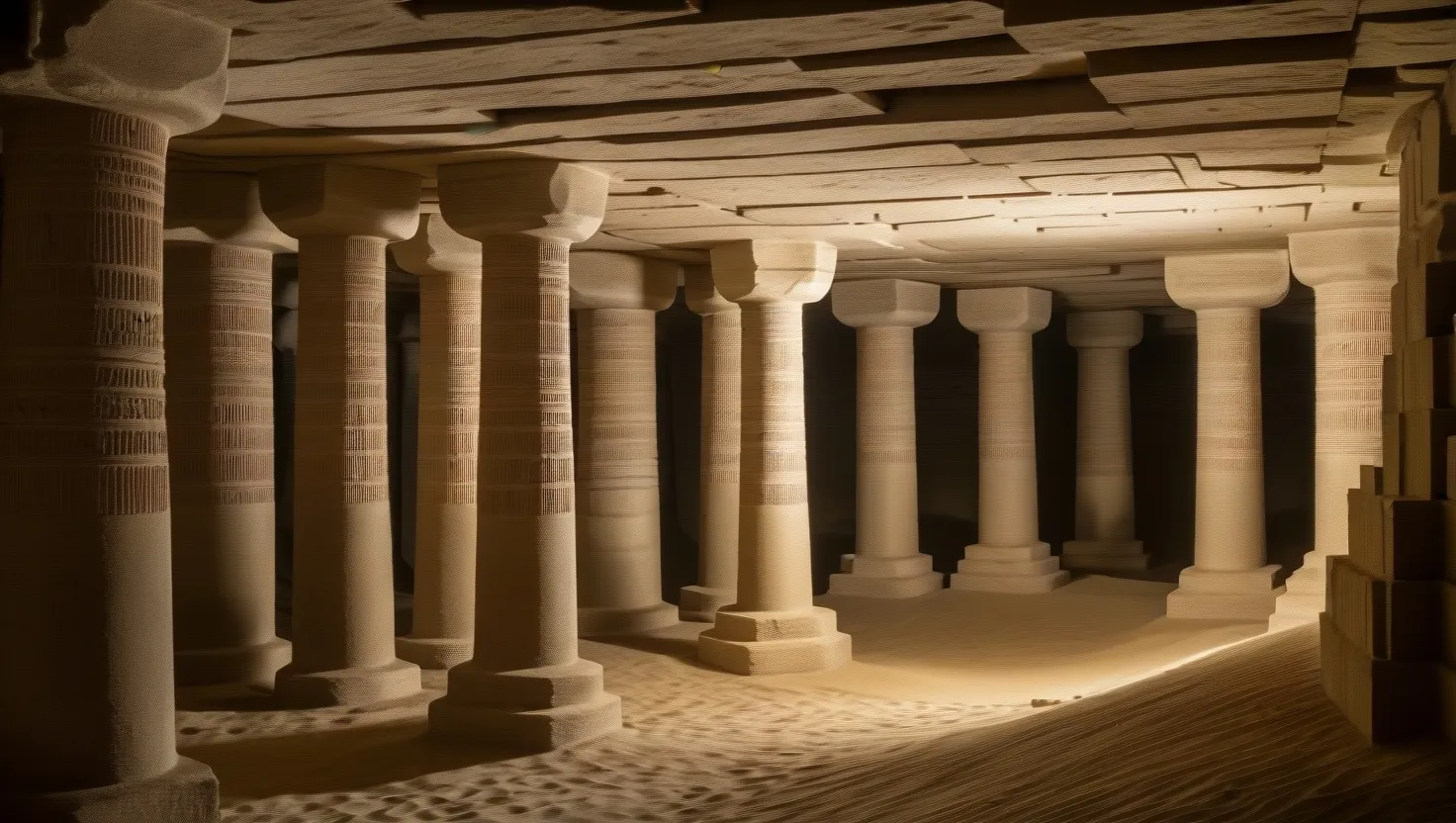As I gaze up at the sky, I often find myself mesmerized by the myriad of phenomena that dance across the heavens. From the eerie shadows cast by contrails to the vibrant displays of crepuscular rays, the atmosphere is a realm of endless fascination, filled with secrets waiting to be unraveled. In this journey, we will delve into the mysterious world of atmospheric phenomena, exploring both the scientific explanations and the mystical allure that these events evoke.
Contrails and Shadows: The Invisible Trails
When an airplane soars through the sky, it leaves behind a trail known as a contrail, short for “condensation trail.” These trails are formed when the hot engine exhaust gases combine with the cold air at high altitudes, causing the water vapor in the exhaust to condense into tiny ice crystals or water droplets. The length and persistence of contrails depend on factors such as temperature, humidity, and altitude, and under specific conditions, they can spread and persist, creating a hazy veil in the sky known as “contrail cirrus.”
These artificial clouds have significant implications for climate change, as they can trap heat radiated from the Earth’s surface. But what’s even more intriguing is how contrails interact with sunlight to cast shadows on underlying clouds or atmospheric layers. This phenomenon, known as “shadow casting,” produces stunning displays of light and shadow, each pattern determined by the interplay between the contrail’s shape and the sun’s position.
Earth’s Shadow: A Daily Spectacle
One of the most captivating yet often overlooked phenomena is Earth’s shadow itself. At sunset, a low, gray-blue band appears along the rim of the eastern sky, slowly climbing as the sun sinks deeper beneath the horizon. This is accompanied by the Belt of Venus, a colorful anti-twilight arch that fringes the shadow’s upper edge with a rich shade of orange-pink. The Belt of Venus is created by reddened light from the sun that has set for an observer on the ground but remains visible from higher up in the atmosphere.
Observing Earth’s shadow from different vantage points reveals its dynamic nature. From an airplane window, the shadow appears dramatically sharper and darker, due to the more transparent air and the long line of sight through the atmosphere. This phenomenon is not just a visual treat but also a scientific tool, offering insights into the atmosphere’s behavior and the effects of elevation on light scattering.
Crepuscular Rays and Shadows: Beams of Light
During sunrise or sunset, when the sun is low on the horizon, the atmosphere is filled with suspended particles that scatter light, creating the mesmerizing effects of crepuscular rays and shadows. These rays, also known as sunbeams or god rays, are beams of sunlight that appear to radiate from the sun’s position. They are caused by the scattering and absorption of sunlight by dust, water droplets, or other particles in the atmosphere.
When sunlight encounters obstacles such as clouds, mountains, or buildings, it casts shadows and illuminates the spaces between them, creating a stunning visual effect. The darkened areas between these rays are known as crepuscular shadows, which result from the blocking of direct sunlight by objects in the atmosphere. The angle of the sun, atmospheric conditions, and the presence of obstacles all play crucial roles in the formation and appearance of these phenomena.
Anti-Crepuscular Rays: The Hidden Counterpart
While crepuscular rays seem to radiate from the sun, there is a lesser-known counterpart called anti-crepuscular rays. These rays appear to converge towards the antisolar point, which is the point opposite to the sun in the sky. This phenomenon can be observed from locations where the observer’s shadow falls directly opposite to the sun, often creating a symmetrical and awe-inspiring display.
To witness these phenomena, finding an unobstructed view of the horizon during sunrise or sunset is essential. Patience is key, as these rays may only be visible for a few minutes. For photographers, using a wide-angle lens and experimenting with different exposure settings can capture the intricate details of these light and shadow displays.
Northern Lights and Other Optical Phenomena
Beyond the realm of shadows and light rays, there are other optical phenomena that paint the sky with vibrant colors and patterns. The northern lights, or aurora borealis, are a prime example. These displays are caused by charged particles interacting with gases in the upper atmosphere, producing billions of flashes that appear as dancing lights in the sky.
Other phenomena include sun dogs, which are bright spots on either side of the sun created by the refraction of light through ice crystals, and fire rainbows, or circumhorizontal arcs, which appear as colorful streaks parallel to the horizon. Light pillars, which are vertical beams of light shooting upward from the ground, and the Brocken spectre, a magnified shadow of an observer ringed in a multicolored halo, are also part of this enchanting array.
The Mystical Allure of Atmospheric Phenomena
While science provides us with detailed explanations for these phenomena, there is an undeniable mystical allure to them. Many ancient civilizations associated crepuscular rays and shadows with divine or supernatural powers. Today, these phenomena continue to captivate and inspire, often evoking a sense of awe and wonder.
As I stand under the sky, watching the interplay of light and shadow, I am reminded of the vast and mysterious world above us. The atmosphere is a canvas of endless beauty, painted by the interactions of light, particles, and objects. Whether we view these phenomena through the lens of science or with a touch of mysticism, they invite us to ponder the hidden truths within our ever-changing sky.
The Impact of Climate Change
As we marvel at these atmospheric wonders, it is crucial to consider the impact of climate change on these phenomena. While there is no direct evidence that climate change threatens the existence of these events, rising temperatures and changing weather patterns can alter the conditions necessary for their occurrence. For instance, the melting of permafrost and increased light pollution in densely populated areas can make viewing these phenomena more challenging.
Every action we take to reduce our contributions to global warming and climate change helps ensure that we can continue to witness these magnificent displays. Traveling responsibly and offsetting carbon emissions from transportation are small steps we can take to preserve the beauty of our skies for future generations.
Personal Observations and the Call to Explore
I recall a recent trip to a remote location where I witnessed the breathtaking display of crepuscular rays and shadows. The sky was painted with beams of light that seemed to emanate from the sun itself, while the shadows between them created a dramatic contrast. It was a moment of pure wonder, a reminder of the magic that lies just beyond our everyday perceptions.
As we explore the secretive world of atmospheric phenomena, we are not just scientists or observers; we are also participants in a grand symphony orchestrated by Mother Nature. Each phenomenon is a note, a chord, or a melody that adds to the ever-changing composition of our skies.
So the next time you gaze up at the sky, take a moment to appreciate the wonder of contrails and shadows, the vibrant displays of crepuscular rays, and the mystical allure of the northern lights. For in these phenomena, we find not just scientific explanations but also a deeper connection to the world around us, a world that is full of secrets waiting to be discovered.






